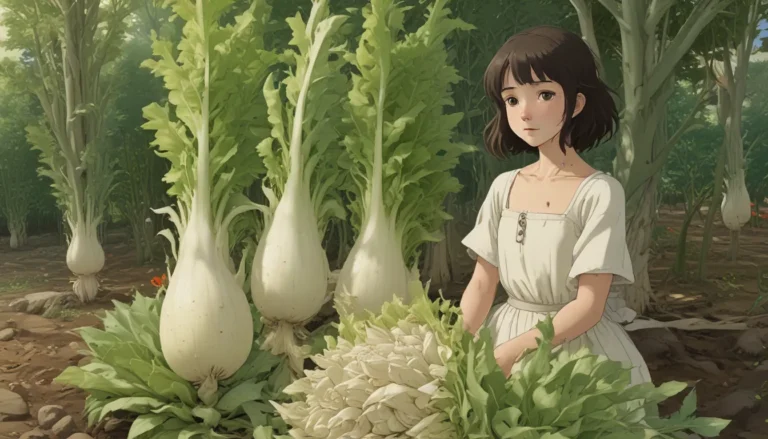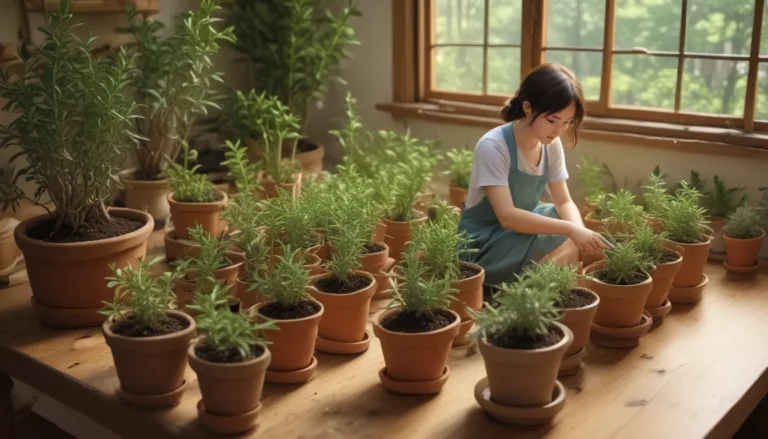Ultimate Guide to Controlling Cabbage Worms on Brassicas and Cole Crops

If you’ve ever had the unfortunate experience of finding cabbage worms ravaging your cole crops and crucifers, you know the devastation they can cause. These small green larvae can completely destroy your crop if left unchecked. But fear not, there are steps you can take to protect your beloved plants from these pesky pests.
In this comprehensive guide, we’ll delve into everything you need to know about cabbage worms and how to control them effectively. From their identification and life cycle to organic and chemical control methods, we’ve got you covered.
Let’s dive in and explore the world of cabbage worms together.
What You’ll Learn
- Identification, Biology, and Distribution
- Life Cycle
- What’s at Risk?
- Organic Control Methods
- Bacillus Thuringiensis
- Pyrethrins
- Natural Predators
- Cultural Controls
- Chemical Pesticide Control
Identification, Biology, and Distribution
The parents of cabbage worms are small white butterflies, also known as Pieris rapae. These delicate creatures, with their white wings edged in black and yellow spots, are a common sight in the northeastern United States.
The inch-long caterpillars, often referred to as imported cabbage worms, are velvet green in color with faint yellow stripes and spots down their backs. These voracious pests can cause significant damage to brassica plants, leaving behind telltale signs of their presence.
Cabbage worms are widespread and can be found in various regions, including Europe, Asia, North Africa, New Zealand, Australia, Canada, and the United States.
Life Cycle
Cabbage worms overwinter as pupae, with adults emerging in the spring to mate and lay eggs on host plants. The yellow football-shaped eggs are typically laid on the undersides of leaves and hatch within a week, giving rise to larvae that begin feeding on the plants.
The larvae go through several stages over the next two weeks before pupating and emerging as adults to continue the cycle. In the northeastern US, cabbage worms can go through three generations per year, with more in warmer climates.
What’s at Risk?
Brassicas and cole crops such as broccoli, cabbage, cauliflower, kale, and more are most at risk of being attacked by cabbage worms. Plants in the Brassicaceae family are vulnerable, along with lettuce, which is also a target despite belonging to a different family.
Organic Control Methods
There are several organic methods you can use to control cabbage worms effectively.
Bacillus Thuringiensis
Bacillus thuringiensis kurstaki (Btk) is a beneficial bacterium that can stop caterpillars from feeding, leading to their eventual demise. Regular treatment with Btk can provide sustained control throughout the season.
Pyrethrins
Natural pyrethrins derived from chrysanthemum flowers are another option for controlling cabbage worms. However, it’s essential to apply them at the right time and under suitable conditions to maximize their effectiveness.
Natural Predators
Parasitic wasps such as Trichogramma spp. can help control cabbage worms by laying their eggs inside butterfly eggs. By attracting these beneficial insects to your garden with flowering plants, you can mitigate the damage caused by cabbage worms effectively.
Cultural Controls
Using floating row covers early in the season and handpicking larvae can be effective cultural controls for cabbage worms. Removing plant remnants after harvest and tilling the soil can also help eliminate pupae and prevent future infestations.
Chemical Pesticide Control
While organic control methods are generally preferred, chemical pesticides like Sevin can be used to combat cabbage worms if necessary. When using chemical pesticides, it’s crucial to follow all safety instructions and precautions to protect yourself and the environment.
Conclusion
Cabbage worms may be a nuisance, but with the right tactics and knowledge, you can keep them in check and protect your precious brassicas and cole crops. By employing a combination of organic and cultural control methods, along with judicious use of chemical pesticides when needed, you can ensure a healthy and thriving garden free from these destructive pests.
Have you successfully battled cabbage worms in your garden? Share your experiences and tips in the comments below. And for more gardening advice and tips, be sure to check out our other articles on common cabbage diseases, identifying and controlling cabbage pests, and the best varieties of Brussels sprouts to grow at home.
Remember, knowledge is power when it comes to dealing with cabbage worms. Stay informed, stay vigilant, and protect your plants from these ever-present threats to your garden’s health and vitality.





